1/8





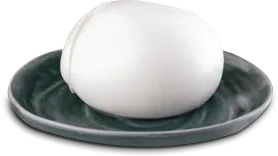

















Come conservare la Mozzarella di Bufala Campana DOP?

La Mozzarella di Bufala Campana DOP è un’eccellenza del Made in Italy agroalimentare, prodotta esclusivamente con latte intero fresco di bufala di razza mediterranea italiana, proveniente da allevamenti dell’area di origine.
Perché la Mozzarella di Bufala Campana ha la Denominazione di Origine Protetta (DOP)?
Perché l’Unione Europea ha riconosciuto alla Mozzarella di Bufala Campana peculiari caratteristiche organolettiche e merceologiche, derivanti da precise condizioni ambientali e da metodi tradizionali di lavorazione esistenti solo nell’area di produzione della DOP.
Solo i caseifici che superano l’impegnativo iter di certificazione possono ottenere la DOP. I produttori già in possesso della denominazione, vengono invece monitorati attraverso controlli e analisi costanti, per garantire:
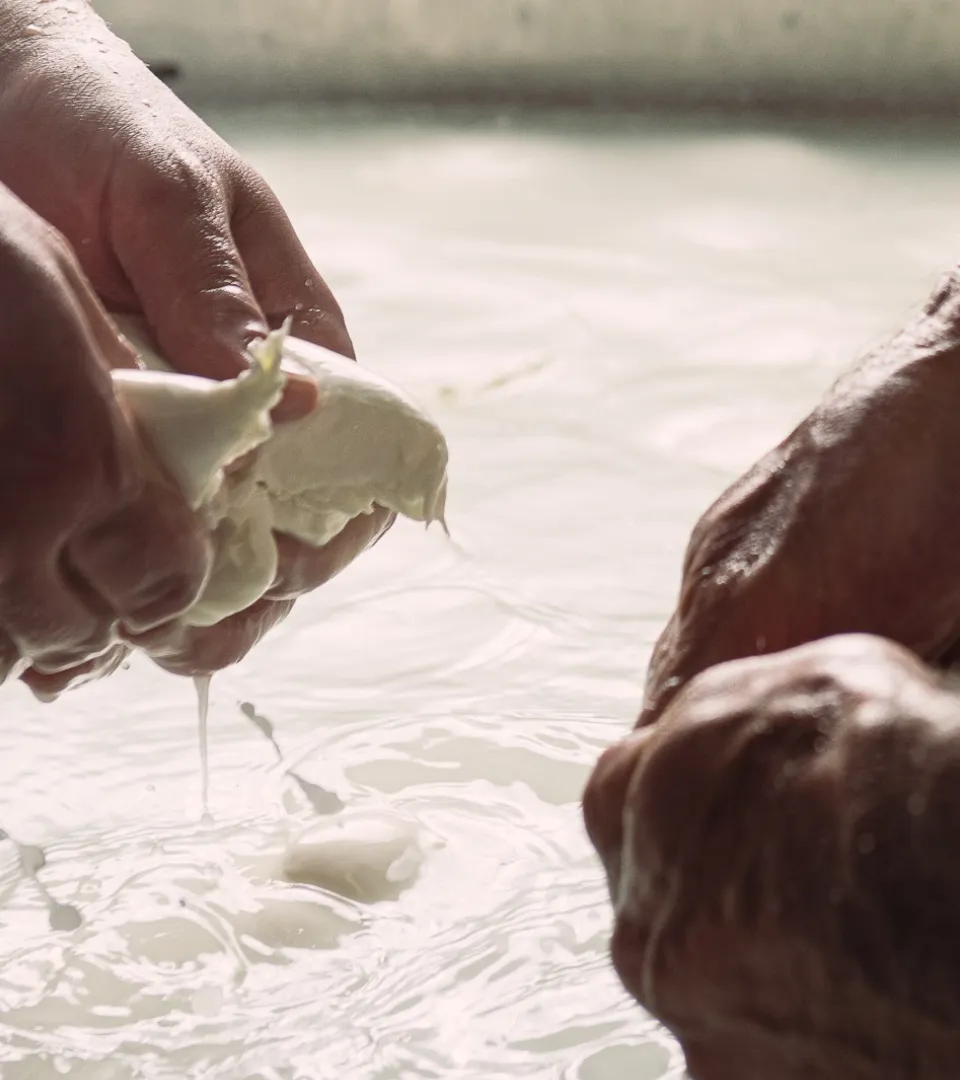
Il termine “mozzarella” deriva dal verbo “mozzare”, un’operazione antica, praticata ancora oggi in tutti i caseifici, che consiste nel forgiare con le mani il pezzo di cagliata filata, staccando con gli indici e i pollici le singole mozzarelle. È così che si ottiene la tipica forma tondeggiante di questo latticino dal sapore unico.
Il formaggio DOP Mozzarella di Bufala Campana, per legge (D.l.vo 109/92, art. 23), deve essere posto in vendita solo se pre-confezionato all’origine (buste termosaldate, vaschette, bicchieri, ecc.).
Ogni confezione deve riportare le seguenti indicazioni:
Se sulla confezione è riportata una denominazione differente (“Mozzarella di Bufala”, “Mozzarella di Latte di Bufala”, “Mozzarella bufalina”, ecc.), il prodotto NON possiede la certificazione DOP. Tali denominazioni NON sono consentite per legge.
Se la confezione è una busta annodata, deve essere presente, sopra il nodo, un sigillo di garanzia apposto dal produttore. La mozzarella in confezioni senza sigillo può essere facilmente sostituita con una mozzarella non DOP.
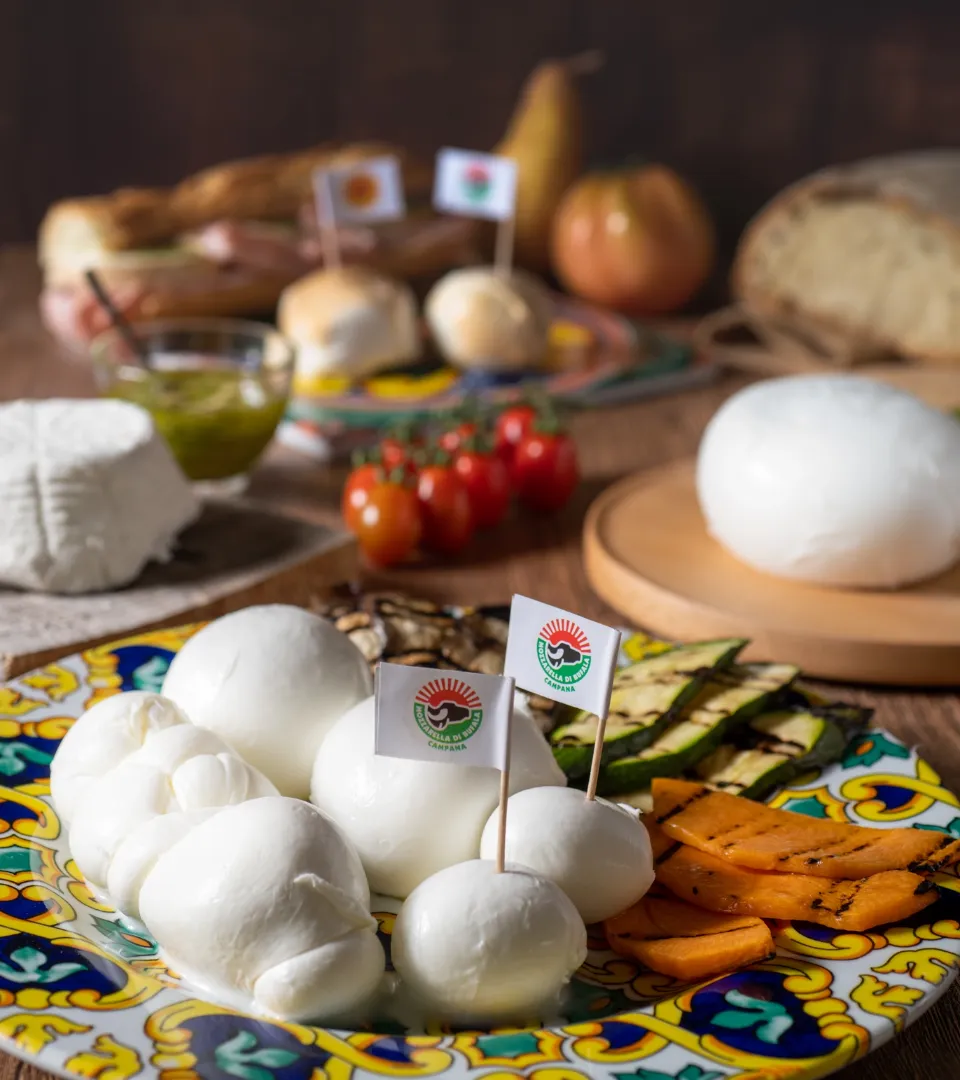
Saper leggere l’etichetta sulla confezione di Mozzarella di Bufala Campana DOP è fondamentale per scegliere il prodotto giusto ed evitare le imitazioni. Sulla confezione è importante ritrovare:
si compone di una testa di bufala stilizzata su campo verde sotto e sopra un sole rosso a raggiera.
è costituito da un sole giallo e rosso, al cui interno è la inscritta la dicitura Denominazione di Origine Protetta
Il bollino CE, comunemente chiamato bollino sanitario, è un codice alfanumerico che identifica in maniera univoca uno stabilimento di produzione. Viene rilasciato dal Ministero della Salute ed è composto da 7 caratteri, di cui:
I bollini sanitari di recente attribuzione hanno una struttura diversa, in cui si alternano lettere e numeri. In totale sono 5 caratteri: es. x1y2z
latte di bufala; siero innesto naturale; caglio e sale. Il siero innesto naturale può anche non essere citato sulla confezione; il latte di bufala, invece, potrebbe essere indicato con ulteriori specifiche, es. “pastorizzato”.
può capitare che un caseificio produca per un’altra azienda, che appone poi il suo marchio sulla confezione (lavorazione conto terzi). Per capire se la mozzarella che acquisti è una vera Mozzarella di Bufala Campana DOP, leggi attentamente le indicazioni relative alla sede di produzione e poi confrontale con l’elenco ufficiale degli stabilimenti riconosciuti dal Ministero della Stalute ai sensi del Reg. (CE) 853/2004 o confronta il numero di autorizzazione riportato sulla confezione con quello che leggi accanto a ciascuno stabilimento, nella sezione Soci di questo sito.
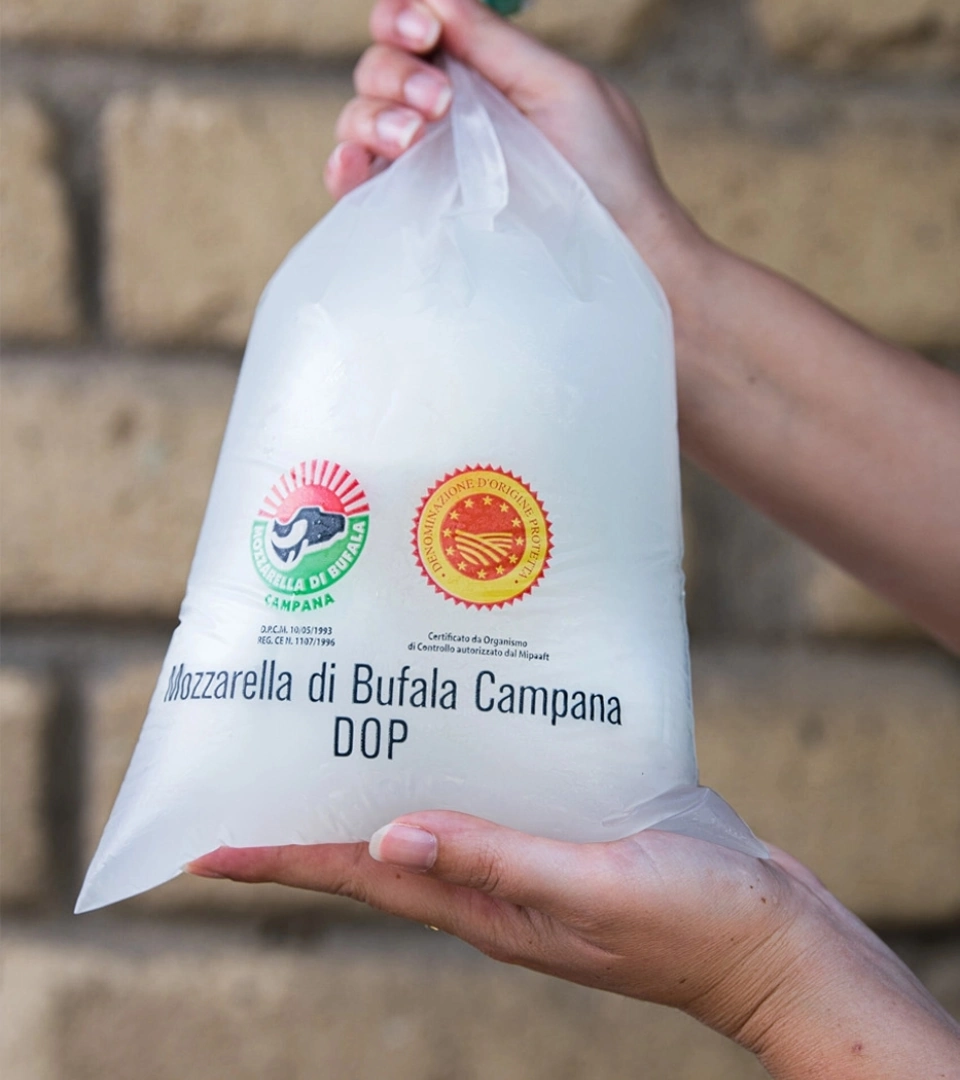

Una Mozzarella di Bufala Campana DOP può essere immediatamente riconosciuta dalle sue caratteristiche:
Al taglio:
Il sapore di una Mozzarella di Bufala DOP
è sempre deciso, ma al tempo stesso delicato.
La Mozzarella di Bufala Campana DOP regala
un’esperienza di gusto inconfondibile.
La forma più classica di Mozzarella di Bufala è quella tondeggiante, con pezzature che variano dai 10 gr (perlina, ciliegina, ovolina, bocconcino) agli 800 gr. Il disciplinare ammette però anche altre forme tipiche della zona di produzione, come nodini e trecce, che arrivano a pesare anche 3 kg.

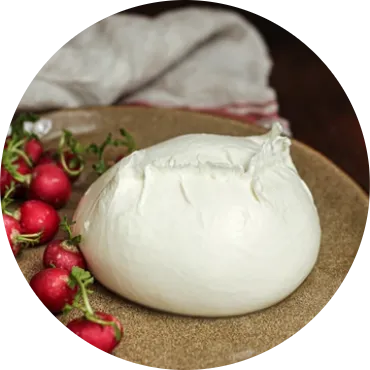


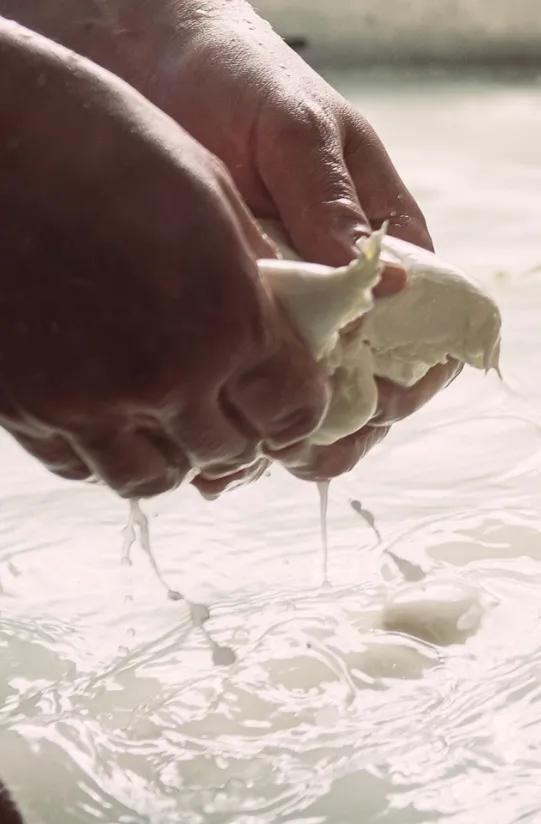

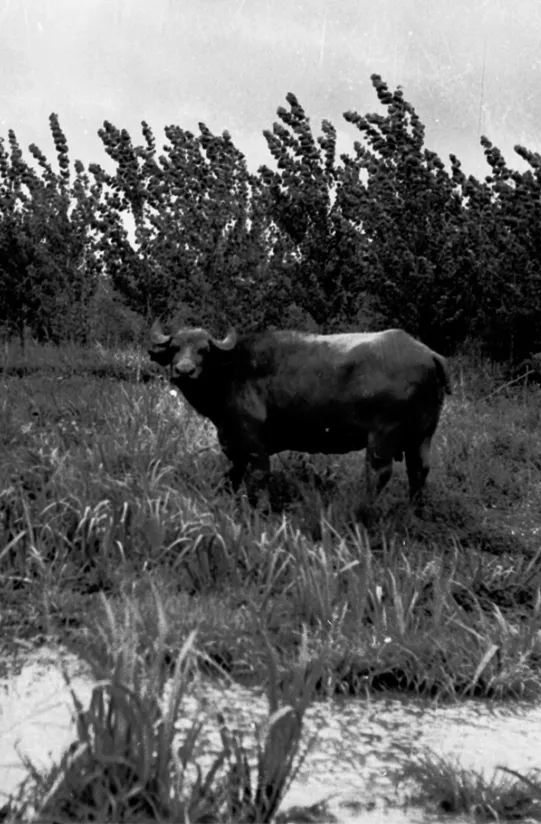
Cosa c’è dietro il bianco lucente della Mozzarella di Bufala Campana DOP? Peppe Servillo introduce il
progetto Mozzacast.
La mozzarella ha troppo sale? Troppo colesterolo? Non è fatta al 100% con latte di Bufala? La chef
Rosanna Marziale sfata luoghi comuni e falsi miti sul conto della Mozzarella di Bufala Campana DOP.
Tutti i trucchi per riconoscere una vera Mozzarella di Bufala Campana DOP e conservarla nel modo corretto. Lo chef stellato Gennaro Esposito racconta invece come colore, gusto e consistenza, siano indicatori precisi della sua freschezza.
Credits